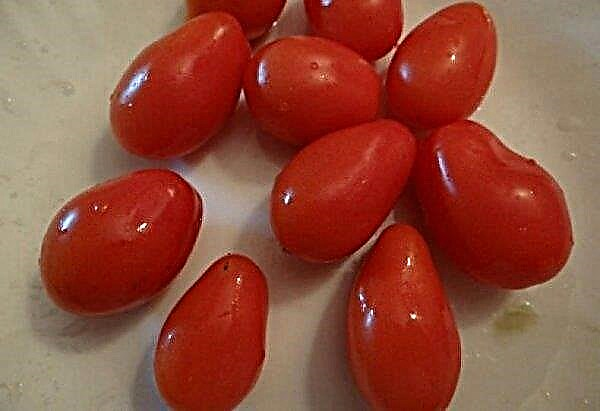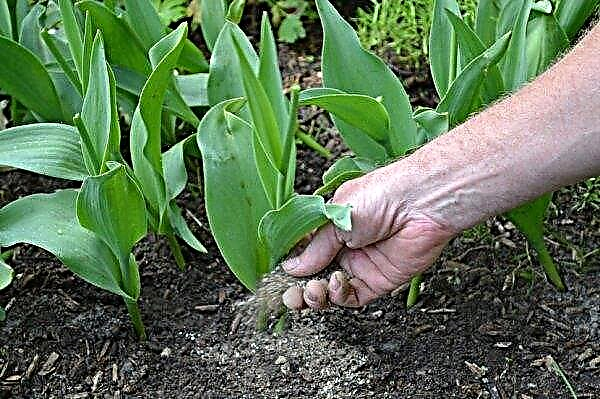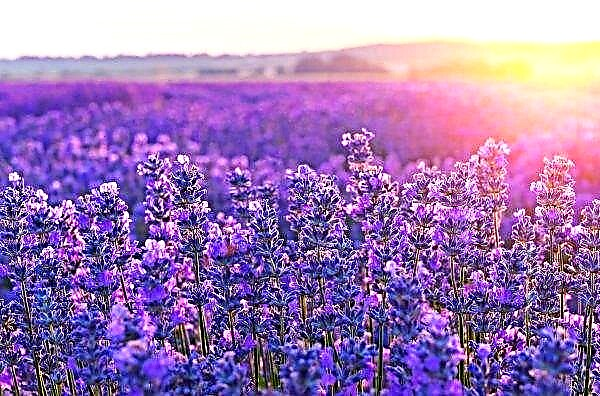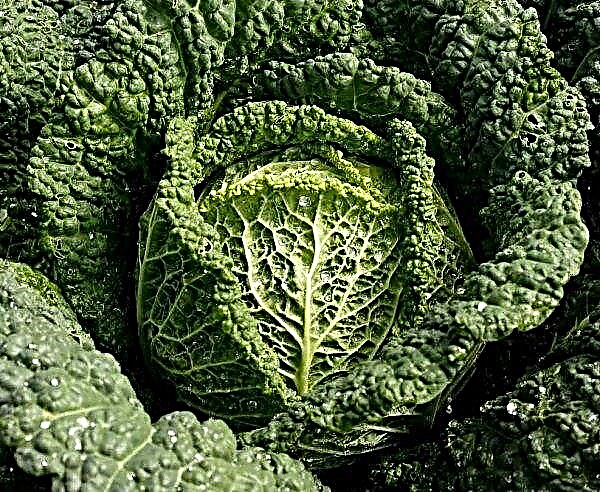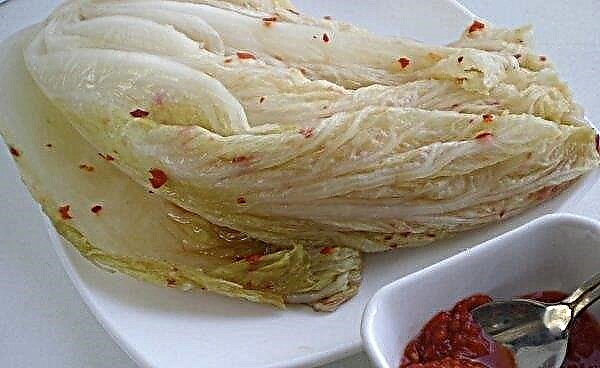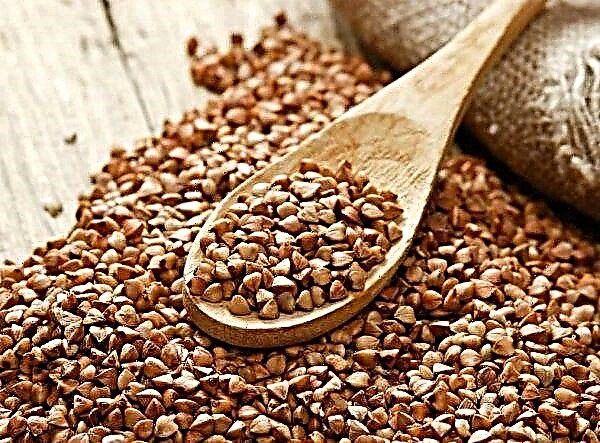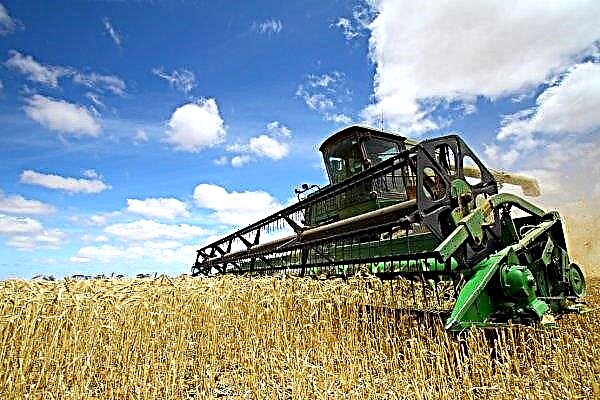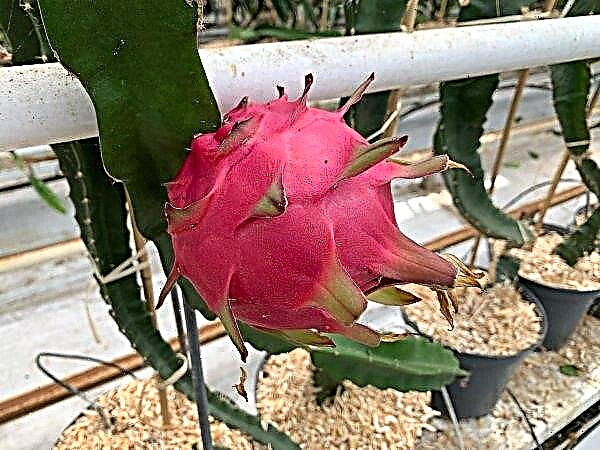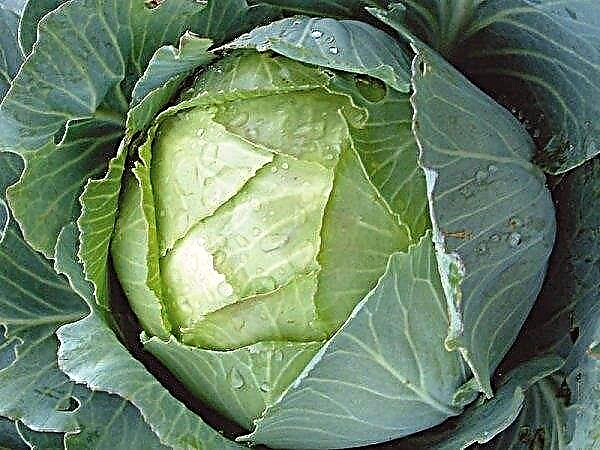Proper care and timely prevention of diseases reduce the risk of wilting monstera. Affected by spots, yellowness, cobwebs, the leaves and the unhealthy appearance of the flower indicate that it is contained in adverse conditions, and you are doing something wrong. Read how to pay attention to symptoms and correct the situation on time.
Plant description
The origin of the monstera is the tropical forests of Brazil, Central and South America. Today it is an indoor evergreen flower of an exotic appearance, which has minimal care requirements and grows to 4 meters in 5 or 6 years.
Causes of the disease and the appearance of pests
The reason why the flower begins to hurt or is affected by pests is the content in adverse conditions. Errors in care weaken the monstera, she does not receive important substances, or vice versa, takes them in excess.
Important! Sometimes owners lose sight of the fact that in winter (from late autumn to early spring) watering needs to be significantly reduced and they continue to give the plant a summer amount of water.
Lack of water, improperly chosen location, lack or excess of sun, improper temperature or humidity can lead to illnesses. Pests can settle on the plant. Especially if street contaminated soil was used for transplantation.
Symptoms of Monstera's Disease
The obvious symptoms of plant diseases are yellow or darkened leaves, the appearance of spots on them, the drying of the edges and their twisting. Pay attention to such signs:
- pale color and round holes - direct sunlight enters the plant and burn it, rearrange the pot in partial shade;
- pale color - there are not enough trace elements, the flower needs to be fertilized with special dressing;
- decay - excess moisture or too low air temperature, limit watering and place the monstera in a warmer place.
 Other symptoms, and what to do when they are detected, are discussed below.
Other symptoms, and what to do when they are detected, are discussed below.Did you know? In the subtropics, monstera is grown for food purposes. When the fruits turn light green with open flakes, they harvest. This species is called delicious.
Leaves turn yellow
Such a phenomenon often speaks of waterlogging of the soil in which the flower is contained. Monstera should not be watered during this period until it is fully restored, and then the amount of water or the frequency of watering should be reduced.
If, in addition to yellowness, the leaves fall en masse, then the humidity in the room is too low and the temperature is high. In the summer, the monster needs to be periodically sprayed with water, and in a hot heat, put a container of cold water next to the pot. The cause may be Fusarium disease, chlorosis, as well as pests.
Blacken (darken) leaves
There are several reasons for this:
- parasites - destroyed by special means purchased at a flower shop, the flower is washed with water;
- unbalanced watering - if there is little water, the leaves are yellow at first and then darken, and if there is a lot, blackness on the green appears immediately; rotting may be wet or dry;
- disease anthracnose.

Dry around the edges
If the leaves of the monstera dry at the edges, perhaps the reason for this:
- too dry air - you need to spray the plant;
- cramped pot - the roots of the flower should be freely placed in the ground;
- waterlogging of the soil - while the leaves turn yellow, and the tips of the leaves begin to dry;
- draft and location under air conditioning.
Twisted
Twisting means the plant is too hot. Do not be surprised if this happens in winter - at this time the flower is in a state of hibernation and should be in a room where the air temperature ranges from +15 ° С to +20 ° С.
Stains
Brown marks on the leaves indicate a draft and that the plant is cold. Move the pot with the monster to another place or move it to a warmer room. Stains can be putrid if the flower receives too much moisture. In this case, the color of the lesion is darker.
Common problems when growing monstera
An unpretentious plant rarely affects diseases if it is given proper care and watering rules are followed. The same applies to pest settlements - they do not come to places where good conditions are not created for them.
Important! Monstera grows well in a permanent place. She is tolerant of shady surroundings, but loves space and fresh air.
Diseases and their treatment at home
Diseases to which the monstera is subject:
- Fusarium - fungal infection in the soil, like moisture. With damage, the roots of the flower rot, the stem becomes thinner, the leaves turn yellow. There is no cure, the monstera will die.
- Late blight - a fungus that causes rotting of the root and stem. Infection occurs through water, soil, and inventory. A sign of the disease is brown-purple marks with a pale green area around, as well as a white coating on the bottom of the leaves. There is no effective treatment.
- Chlorosis - the leaves turn yellow, gradually the leaf plate becomes transparent, which happens with a long stay of the monstera in the light (try moving it to partial shade and observe it). Iron chelate is suitable for treatment in the dosage indicated on the instructions (the product is sold in flower shops).
- Anthracnose - bright yellow spots appear with concentrated black or dark brown rings around them. For treatment, remove all affected leaves and stems, treat the plant with copper sulfate or Oxychom once every one and a half to three weeks. Repeat thrice. Treatment is pointless if the whole flower is affected.
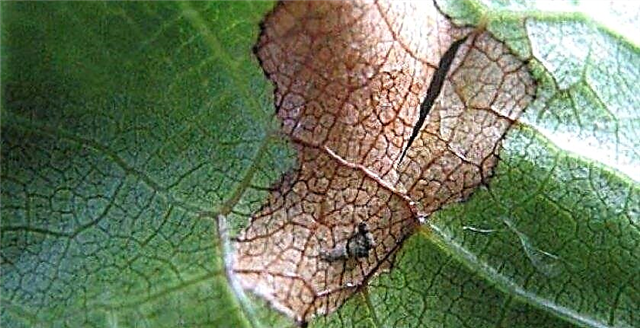
- Gray rot - the appearance of gray spots on the plant and the death of tissues. The disease is contagious for other flowers, so during treatment, quarantine the monstera and use the choice of Alirin-B, Fitosporin, Trichodermin, Gamair P.
Pest control
Among the common pests that cause harm to a houseplant:
- Ivy shield - settles everywhere, the monstera becomes oppressed, looks unattractive, the sheets are yellow and crumble, a sooty mushroom appears. To fight, leaves and stems are wiped with a soapy solution, reduce air temperature and increase humidity. Apply a 0.2% solution of the horn, overly affected parts are cut off.
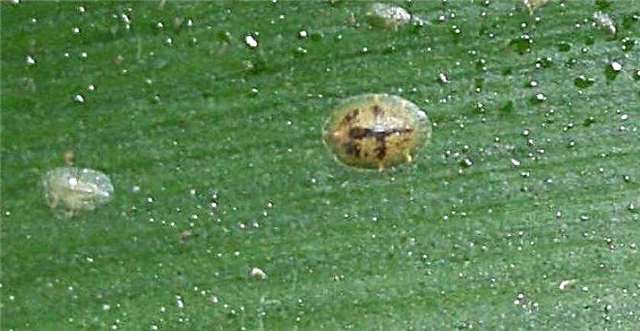
- Spider mite - settles on the bottom of the leaves and weaves a web on them, drinks the juice of the plant, from which it fades, dries. During treatment, the room is regularly ventilated, air humidity is increased, Monster is treated with Actellik (15 drops per liter of water).

- Aphid - as signs of a curvature of the tops, a sticky substance on the leaves, the appearance of black mushrooms. Pests are spreading rapidly. An effective remedy is mustard powder, poured with boiling water and infused (20 g per liter), they spray the whole monstera with it. A broth of onion and garlic husk is also good.

- Thrips - Appears at elevated temperatures around if humidity is suddenly reduced. Lives under leaves, light dots and silvery shine appear on top of them. Insecticides are used for treatment.
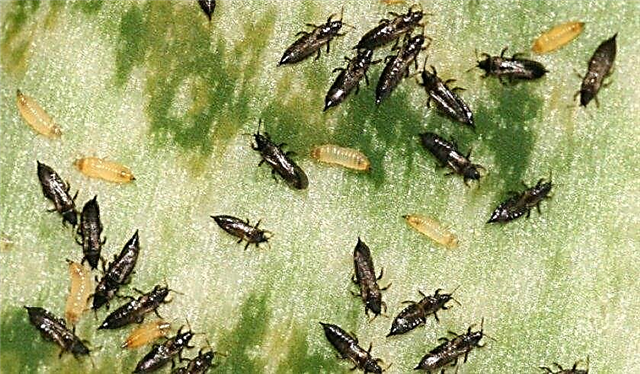
- Mealybugs - their favorite place is young sprouts that are deformed, dry and fall off due to parasites. The flower dies. Treatment with Actellic (15 drops per liter of water).
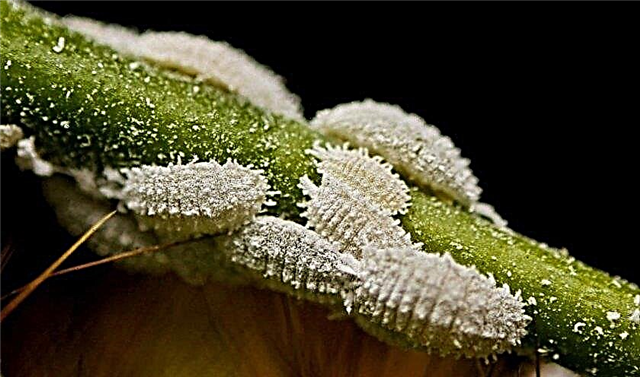
Prevention and Care
To prevent diseases and pests, follow the rules:
- buy plants in a specialized store - the probability of acquiring a sick monster is much lower, and you can get advice on leaving a specialist;
- observe the quarantine for new flowers for at least a week, only then put the pots next to others;
- periodically wash the leaves with "Epin" or "Zircon";
- occasionally disinfect the soil with a weak solution of potassium permanganate and fertilize the soil;
- Provide good plant care as required.
Did you know? If you keep the monstera in a dark room and do not feed it with fertilizers, the new leaves on it will be in the form of a solid plate.
Inspect the flower every week to detect symptoms of problems as early as possible. An unpretentious monstera has strong immunity if it receives enough minerals, water and light. Follow the simple rules for caring for her and do not forget that they differ in summer and winter.







